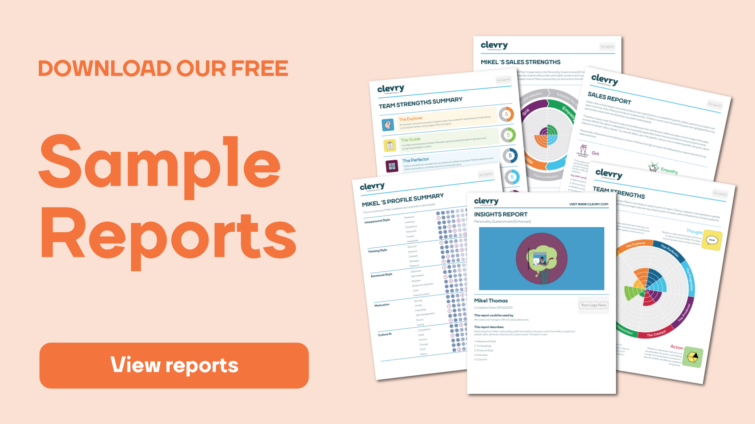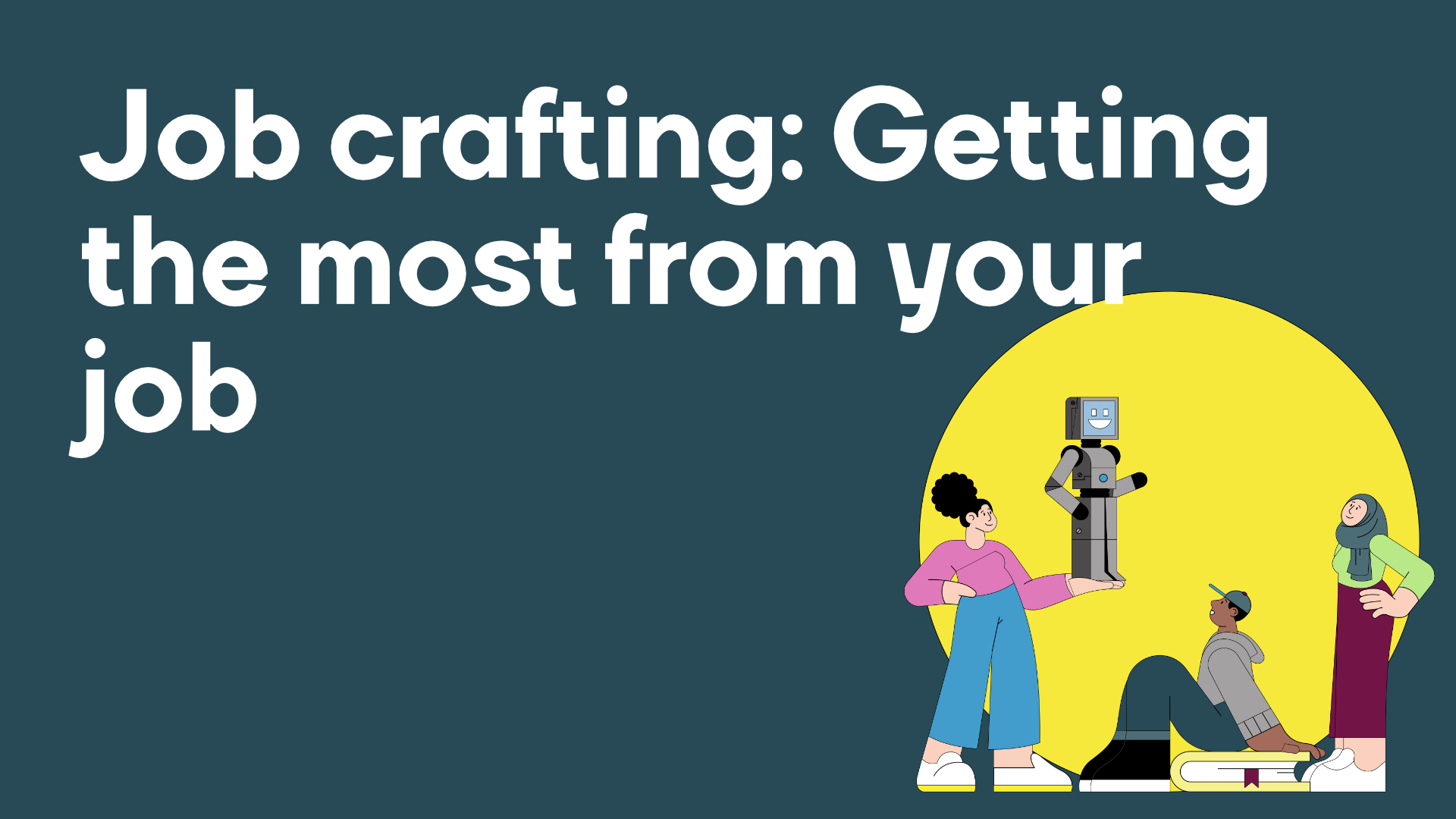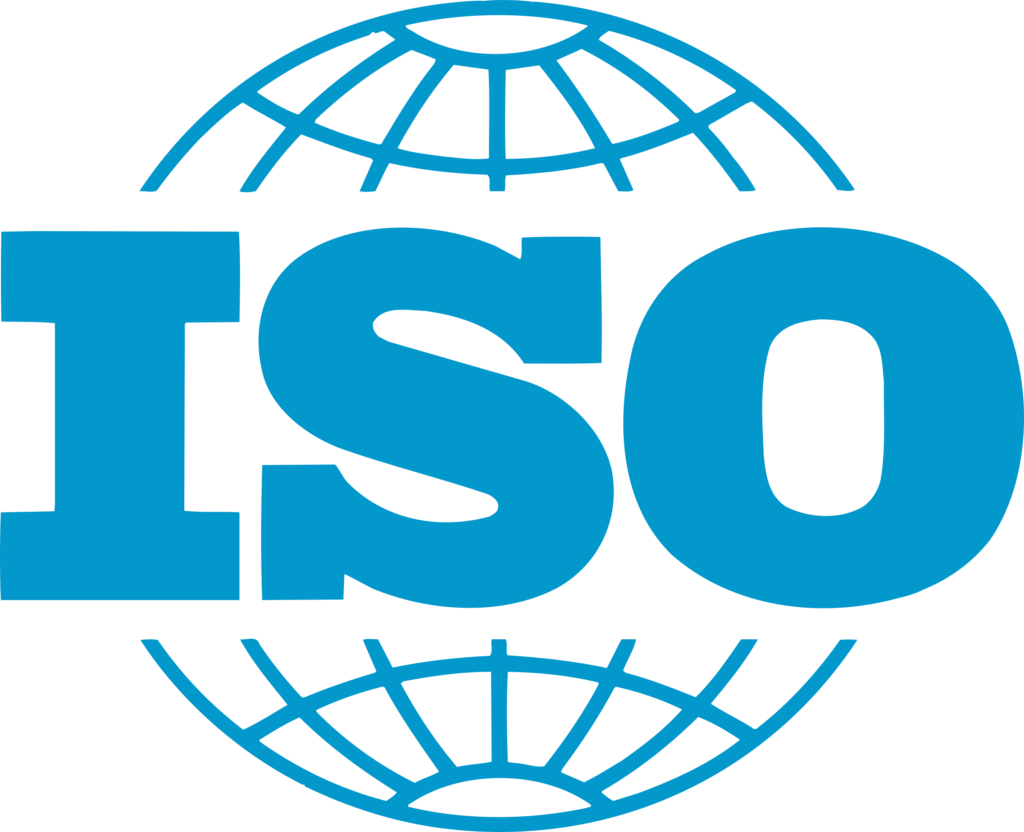On a grey Monday in April you may find yourself staring into oblivion, past what is waiting to be completed on your computer screen. Do you like your job? Of course. You just find it hard to stay motivated and complete tasks that arent always best suited to you.
The solution to this phenomenon, other than trawling through the #Mondaymotivation posts on twitter, is job crafting.
What is Job Crafting?
Job crafting is the technique ofactively altering thetaskboundaries,cognitive task boundariesandrelational boundariesof your position in order to redesign your work and achieve greater job satisfaction, without drastically changing your role.
Task Boundaries:
The type or number of tasks you have, and how you perform them.
Cognitive Task Boundaries:
How you perceive your job, or tasks within it.
Relational Boundaries:
Who you interact with within those tasks, and the nature of those interactions.
Making small changes to the boundaries of your role can make a big difference to both your day to day work life, and the direction your work could go in.
For example, you may find it particularly difficult to work with one of your colleagues on long term projects, but are perfectly happy to collaborate on shorter term ones. Therefore, you could alter the structure of your project (task boundaries) or how you perceive the structure of the project (cognitive task boundaries) to break it down into smaller chunks, which will enable you to work more effectively with your colleague in manageable portions, thus also changing relational boundaries.
Benefits of Job Crafting
Research has shown that Job Crafting has a positive effect on engagement and well-being in the workplace.
According to something called the Job Demands-Resources model of burnout, there aretwo key areas that contribute to employee stress, and ill-health. These are
-
Job demands= aspects of a job that require sustained effort or skill i.e. the task itself
-
Job resources= aspects of a job that are used to achieve work goals, reduce job demands, and/or stimulate personal growth e.g. health protecting factors such as receiving feedback and rewards, having job control, job security, support from a supervisor and the opportunity for participation in tasks
The model suggests that high demands are related toexhaustion, whereas low resources are related todisengagement. When both of these occur simultaneously, this is known asburnout syndrome. Both of these job characteristics are things that can be helped with job-crafting in order toprotect us from excessive stress.
Research shows that job crafting to increase the resources available in one’s position leads to increased job satisfaction, engagement, and decreased burnout. As it may be more difficult to craft the demands of our role directly (depending on the organisation), another study foundthat instead, viewing stressors in a positive light andseeingthem as challenges to overcome was associated with higher work engagement. Research has also shown that engaged employees work harder and are more innovative than their (less engaged) colleagues.
Job crafting is also particularly useful for navigating organisational change, and those already proficient in job crafting will find structural or technical changesmore positiveandshow a higher readiness to change.
The simple reason to job craft is so that you can mould your job, even slightly, into something that you enjoy more. This will make you more productive and motivated to perform well, and encourage your personal development.
How to ‘craft your job’
Job crafting will inevitably be unique to an individual, and will depend on the existing demands of your role and company culture. However, the techniques below are simply waysyou canmake small changes to help align your interests and motivations with your daily tasks, or at least get you thinking aboutit.
-
Identify the parts or tasks in your day you enjoy the most and find the most meaningful, perhaps before starting your to do list for the day think about which task you’re most excited about doing. Why is this?
-
Find ways to emphasisethese in your role, this could be as simple as talking to your line manager or getting involved in other similar projects going on in the office
-
Re-design the tasks you dont like as much, what exactly dont you like about them? Can you change the way they are completed or make them easier in order to minimise the time you spend on them?
-
Perhaps certain tasks become easier when broken up with other things you enjoy.Consider the combination of your tasks and responsibilities.Is there enough variation? Or too much?
-
Think about why you interact with the people you do, whether this is colleagues, customers or clients. Do you interact with some people more during certain tasks? How does this influence the task process?
-
Take steps to improve your relationship with those you interact with regularly. Or find ways to make your interactions more meaningful
-
Think about whom your work impacts, who are you helping? If this provides you with motivation, then do more of it
-
Which aspects of your work do you enjoy the least? Is there a way you could look at these differently? For example, perhaps you dont enjoy performing the task itself but the outcome is satisfying. Is it a necessary part of a wider goal or benefit?
Thinking aboutissues like thiscould result in lots of small shifts in the way you work, and over time result in changes to the nature of your work.
Psychometrics & Job Crafting
If you have a more accurate understanding of what makes you enjoy the work you do, or the way you tend to work, it will be easier to engage in job crafting by altering boundaries to fit in line with your preferred working style. In a similar way, if others around you have a more accurate insight into your preferences and behaviour it can be easier, as a line manager for example, to help facilitate job crafting.
Personality questionnairescan offer this through asking simple, direct and occupationally relevant questions to get you thinking about your job. At Clevry we can also offerreportsdesigned to explore this further, and dig out more information.
Ourassessments(offered through ourpsychometric assessmentplatform) offer insight into 5 layers of personality; interpersonal style, thinking style, emotional style, motivations and culture fit. All of these provide clarity on different aspectsof the muddled world of introspection.
This blog was inspired by a talk at the DOP 2019 conference by Evangelia Demerouti and largely based on a paper she was part of; Crafting a job on a daily basis: Contextual correlates and the link to work engagement published in the Journal of Organisational Behaviour.
Resources:
https://www.isonderhouden.nl/doc/pdf/arnoldbakker/articles/articles_arnold_bakker_69.pdf
https://www.wilmarschaufeli.nl/publications/Schaufeli/385.pdf
https://pdfs.semanticscholar.org/cb75/37321786a26e6b7f97c845e647d3c82c2067.pdf






